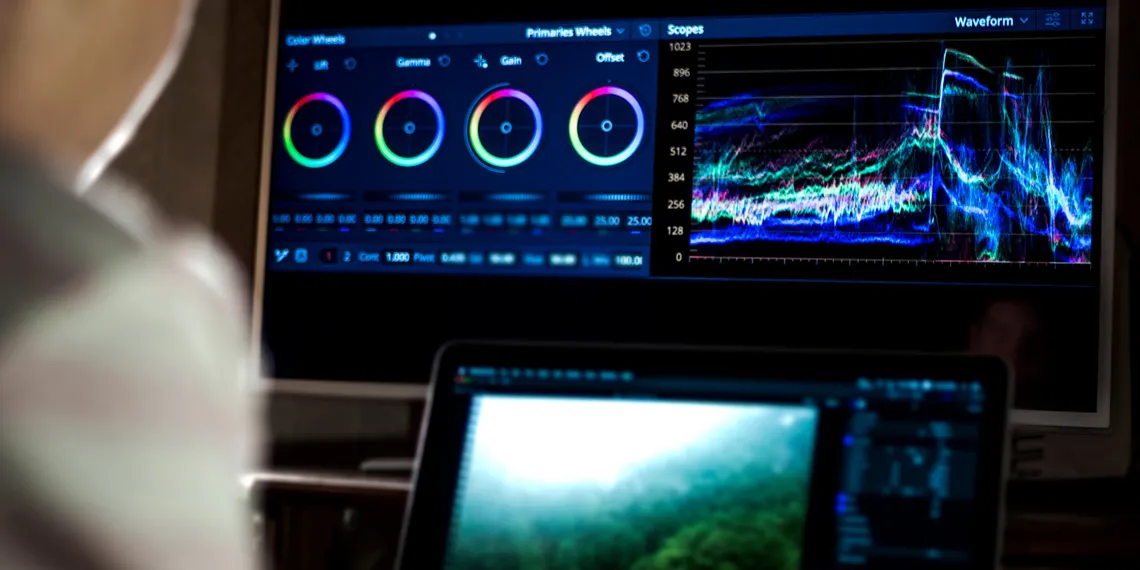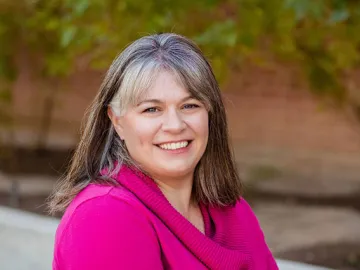Are Students Getting All They Can From Your Multimedia Assignment?
If your course includes a multimedia project, students may not be getting all the benefits you intend.

Including course, module, or weekly outcomes for students provides them with a roadmap for navigating the content. Even when it feels obvious to you, an expert in the subject, students can be overwhelmed with information and be unsure of how to process what they are learning. Taking the time to create learning outcomes is also a benefit for instructors, because it helps to ensure you are focusing on the content students need to successfully complete the course.
When developing a course, the outcomes align with assignments and learning materials, and this information should be communicated to students. While there’s a lot to be said for working with course content in assignments, sometimes the act of completing the assignment includes additional skill development, such as digital and creative literacies.
Why creative assignments?
Multimedia is sometimes assigned because it is viewed as fun, modern, and interesting. Although true, there are many additional benefits to using multimedia assignments to strengthen students’ engagement with course material. More than just a delivery method or a way to increase engagement, the process of planning, drafting, and completing a multimedia assignment can teach students metacognitive, creative, and critical skills that benefit their overall education. It’s the stuff most educators want students to learn that is difficult to assess, but with a little strategy, multimedia assignments can fill that need.
When planning a multimedia assignment, it may help to start by thinking about what you hope students will gain from completing the project. Sometimes multimedia projects value specific technical skills when they are related to the course, but many other assignments are intended to have students use course content, producing something that demonstrates their learning, and delivered multimodally. To construct learning outcomes that consider the thinking and labor of completing such a project, begin with what you are asking students to do. Here are some outcomes that apply to many courses:
-
Interpret ideas or solutions in new ways
-
Analyze and synthesize a collection of available ideas or solutions into a coherent whole
-
Test new approaches when completing an assignment or other project
-
Adapt course content for communication to a specific audience
Providing your expectations as goals can guide students in what is valuable in the multimedia project in the same way that course outcomes serve as markers for what they should gain from the class, and identifying your outcomes leads to the next step, assessment.
Assessing Multimedia Assignments
By structuring your multimedia assignment to include learning outcomes that consider digital and creative literacies, you will have a better understanding of how students can demonstrate their learning. Knowing what you need to see will help you plan what deliverables should be collected with the assignment.
Often, the final version of a project alone does not provide sufficient information. A draft and final copy that can be compared is one solution. Having students write reflectively as a companion to their work can be highly beneficial, but it is important to consider what you are asking students to reflect upon, such as rhetorical choices, technology choices, their work process, or what they learned during the project.
Reflection can be a powerful tool when paired with more challenging projects. As shown in the example outcomes above, students may be asked to take risks with the assignment, and/or they may be encouraged to try out new technologies. To accommodate the experimental aspect of learning, a reflection can demonstrate success even when the project fails.
There are many ways to assess multimedia projects, but using course design and planning strategies will help to determine how you can best align your content.
Citation: Suggestions included in this article are based on data from the Adobe CLOUD Project: Creative Literacy Outcomes in Undergraduate Degrees, co-investigated by Dr. Shelley Rodrigo (Senior Director, Writing Program) and Reese Davis (Instructional Designer, Digital Learning). Outcomes for creative and digital literacies were adapted from ISTE Standards for Students and AACU Creative Thinking VALUE Rubric.


